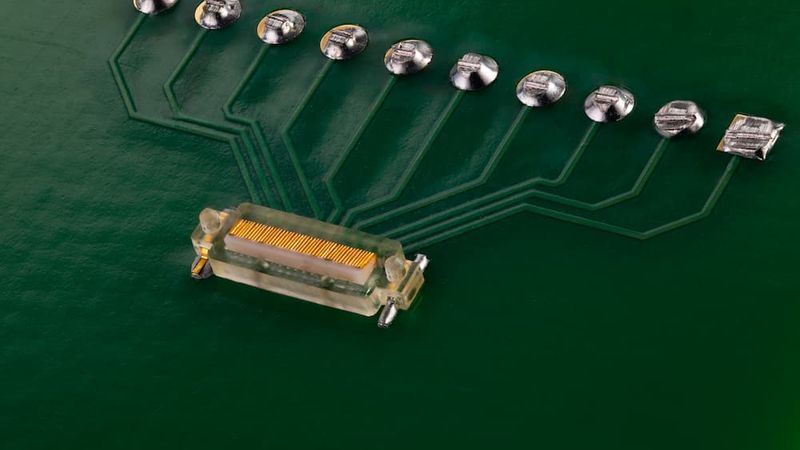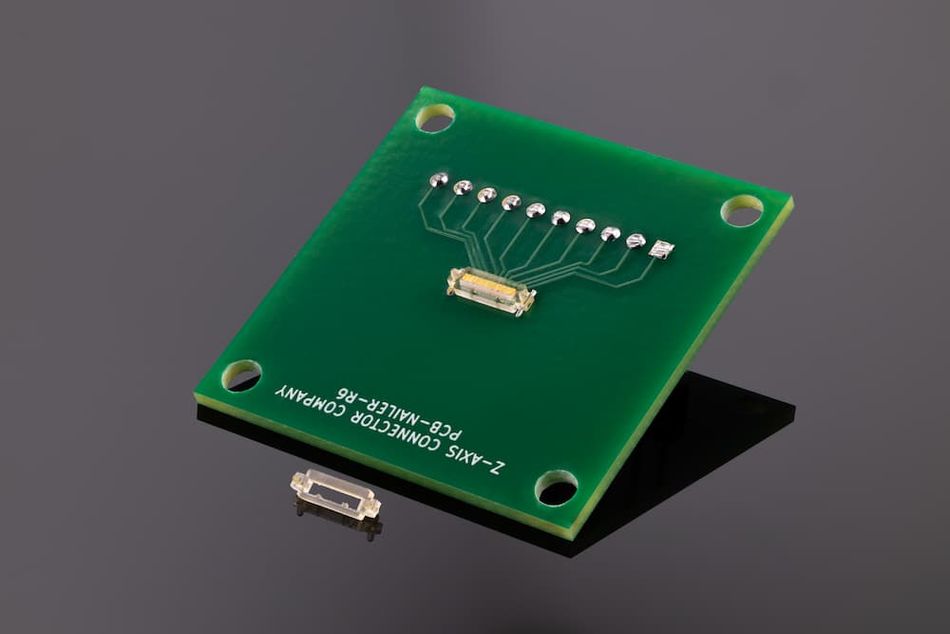3D Printed High-Heat Resistant Connectors for Soldering
The BMF parts were able to withstand the extreme temperature enabling Z-Axis to use standard electronic system manufacturing techniques using 3D printed connectors.

Close up of 3D printed mounted connector
This article was first published on
bmf3d.comEstablished in 1995, Z-Axis Connector Company is a leading privately held corporation specializing in connector manufacturing. Whether for high-volume consumer applications or micro-miniature connectors, their team of skilled scientists, engineers, operators and managers are dedicated to manufacturing innovative and cost-competitive connectors tailored to meet diverse requirements.
Z-Axis is often contacted by potential customers in which a typical, off-the-shelf connector won’t work for their application. One of the critical design considerations for Z-Axis was achieving the precise tolerances required for their connectors. With traditional 3D printing methods, tolerances of 5 thousandths were the best they could hope for.
Looking for a Solution
This prompted them to look for alternative solutions which led them to discover Boston Micro Fabrication’s (BMF) micro-precision 3D printers. They soon learned with BMF’s technology, tolerances of 1 or 2 thousandths became achievable, opening up new possibilities for compact, high-performance connectors.
One of the primary challenges Z-Axis faced was ensuring compatibility with traditional electronic assembly techniques. Elastomeric connectors had to withstand high-heat soldering processes without compromising their integrity. With BMF’s open platform, Z-Axis was able to use 3D Systems Figure 4® HI TEMP 300-AMB material, engineered to withstand temperatures up to 300°C. The PC Boards needed to go through a solder reflow oven which reached a temperature of 237°C in a 7.5 minute cycle. The BMF parts were able to withstand the extreme temperature enabling Z-Axis to use standard electronic system manufacturing techniques using 3D printed connectors.

A New Era of Innovation in Connector Manufacturing
BMF’s technology also enabled Z-Axis to transition towards surface mount components, eliminating the need for through-hole accommodations. This not only enhanced the efficiency of electronic assemblies but also allowed for more compact designs, saving valuable board real estate and meeting the demands of modern electronics.
By leveraging BMF’s micro 3D printing technology, Z-Axis was able to push the boundaries of what was achievable, delivering solutions that surpassed industry standards. Together, they have laid the foundation for a new era of precision and innovation in connector manufacturing, in much less time and at a much lower cost than traditional manufacturing methods.